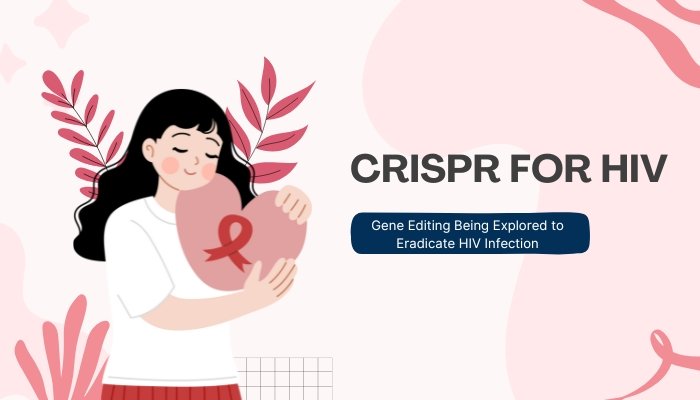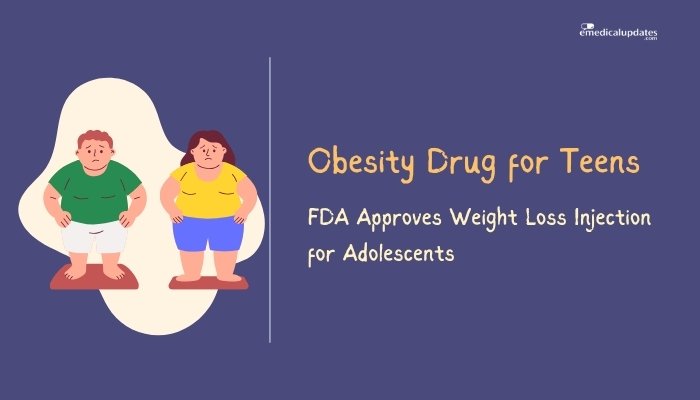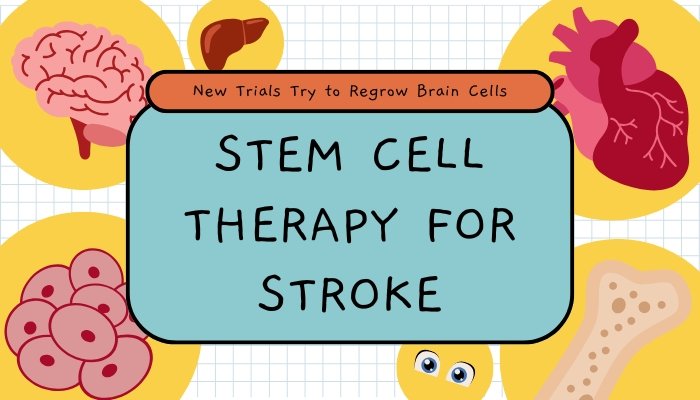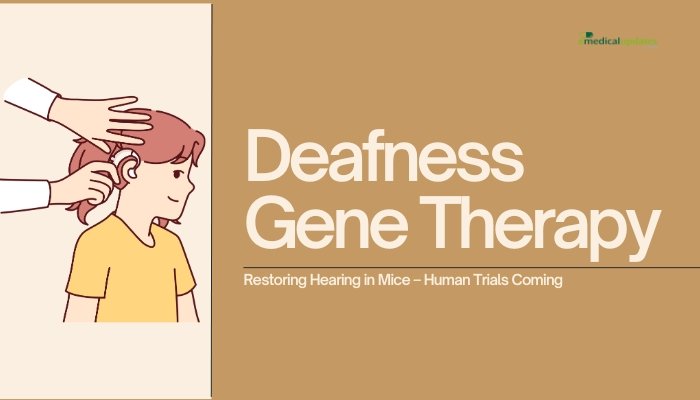Introduction
Despite decades of research, HIV (Human Immunodeficiency Virus) continues to pose a global health challenge. While current antiretroviral therapy (ART) allows patients to manage HIV as a chronic condition, it doesn’t eradicate the virus hidden in latent reservoirs.
A potential game-changer is CRISPR gene editing, which offers a precise way to target and remove HIV’s genetic material from infected cells. If perfected, CRISPR-based therapies could help individuals achieve a functional or even complete cure, dramatically altering the trajectory of HIV care. This article delves into how CRISPR for HIV works, the progress made so far, and what hurdles remain before it might enter mainstream clinical use.
Why a Cure for HIV Remains Elusive
The Latent Reservoir
HIV integrates itself into host cell DNA, forming “reservoirs” primarily in long-lived immune cells (such as memory T-cells). Even if ART prevents active replication, any cessation of treatment can allow the virus to rebound, as these hidden viruses remain intact and reactivatable.
ART Limitations
While highly effective in suppressing viral load:
- Lifetime Treatment: Patients need daily pills, facing side effects and high costs over decades.
- No Eradication: ART alone doesn’t remove HIV from cells, leaving a persistent risk of viral resurgence.
- Adherence and Drug Resistance: Missed doses can lead to resistance mutations or compromised viral control.
A gene-editing strategy that physically removes or inactivates HIV’s integrated genome would transcend these constraints, offering the potential for a once-and-done therapy.
CRISPR: A Next-Generation Gene Editing Tool
Mechanism of Action
CRISPR-Cas9—borrowed from bacterial defense systems—works as a molecular “scissor”:
- Guide RNA (gRNA): Directs Cas9 to a specific DNA sequence, in this case, the integrated HIV-1 provirus.
- Cas9 Enzyme: Cuts the DNA at the targeted site.
- Cell Repair: The break can lead to small insertions/deletions or a re-ligation that disrupts the virus’s coding sequences, effectively removing or disabling HIV’s genetic instructions.
Upgraded CRISPR Methods
Researchers refine CRISPR to reduce off-target cuts. Variants like base editors or prime editors can make smaller, more precise changes. These might be especially useful for editing out HIV without significant collateral damage to host genes.
Progress in CRISPR for HIV
Lab and Animal Studies
Scientists have demonstrated CRISPR’s anti-HIV potential in cell cultures and small animal models:
- In Vitro: Trials show CRISPR can excise large portions of HIV proviral DNA from T-cells.
- Mouse Models: Some “humanized” mice (engineered to host human immune cells) had substantially reduced or undetectable viral loads after CRISPR therapy combined with ART.
Early Human Trials
Several groups are preparing for or have begun early-phase human trials:
- Safety Confirmation: Phase I studies aim to ensure minimal off-target editing.
- Combination Therapy: CRISPR might work best alongside ART or “kick-and-kill” strategies that activate latent viruses for CRISPR to remove.
Progress is cautious; the intricacies of delivering CRISPR into the body’s many infected cells remain a top challenge.
Challenges and Considerations
Delivery and Reach
CRISPR must reach every latently infected cell—particularly those in the bloodstream, lymphoid tissues, and other hidden reservoirs. Current vectors (e.g., viral or lipid nanoparticle carriers) have limited targeting efficiency.
Off-Target Effects
Even modest rates of unintended DNA cuts could lead to cell mutations or other health issues (e.g., cancer). Researchers refine:
- High-Fidelity Cas9 Variants: Reducing spurious breaks.
- Shorter Exposures: Minimizing the window for off-target events.
Immune System Interplay
The body might detect Cas9 as foreign, prompting an immune response. Meanwhile, reactivated HIV can replicate quickly if CRISPR fails to remove it thoroughly, highlighting the delicate synergy needed with existing ART.
Potential Impact and Future Outlook
Toward a Functional Cure
CRISPR-based approaches might allow patients to eventually discontinue ART without viral rebound. Some experts posit that even partial removal of integrated HIV from the majority of cells might drastically reduce reservoir size, achieving a “functional cure” (no disease progression or transmission without daily meds).
Expanded Applications
If successful in HIV, CRISPR-based cures could target other retroviruses or genetic diseases. The techniques used to identify and cut the virus in T-cells could be adapted for other integrated pathogens or mutated genes causing inherited disorders.
Ethical and Regulatory Path
Gene editing in humans demands strict oversight. While the potential benefit is massive, ensuring safety and informed consent is paramount. Regulatory agencies want robust data from carefully staged clinical trials before broader approval.
Frequently Asked Questions
- Could CRISPR remove 100% of HIV from the body?
- That’s the ideal, but real-world efficiency may be less than total. Success might be partial yet enough to achieve long-term remission without relapse.
- Is this gene editing inheritable?
- No. The therapy targets somatic cells (like T-cells), so changes aren’t passed to offspring. It’s not germline editing.
- When might we see wide clinical use?
- Possibly several years away. Large-scale efficacy and safety trials must confirm consistent results and minimal risks.
- Will patients still need ART?
- During the therapy’s initial stages, likely yes. Over time, if HIV is eradicated or suppressed enough, ART might be tapered off under close monitoring.
- What about cost and accessibility?
- Personalized gene editing is expensive and complex, requiring specialized labs. Over time, scaled production and refined techniques could lower costs, but initial distribution may be limited.
Conclusion
The pursuit of a functional or complete HIV cure has spurred innovative therapies, and CRISPR-based gene editing sits at the forefront of these efforts. By surgically removing or disabling HIV’s DNA within infected cells, CRISPR offers a potential route to freeing patients from daily medication regimens and the constant threat of viral rebound. Although challenges like comprehensive delivery, off-target effects, and large-scale trial validations persist, the early successes in lab and animal studies fuel optimism. As CRISPR technology evolves—and as early human trials show safety and efficacy—this approach could redefine HIV care, ushering in an era where HIV is not just managed, but possibly eliminated from a patient’s body for good.





